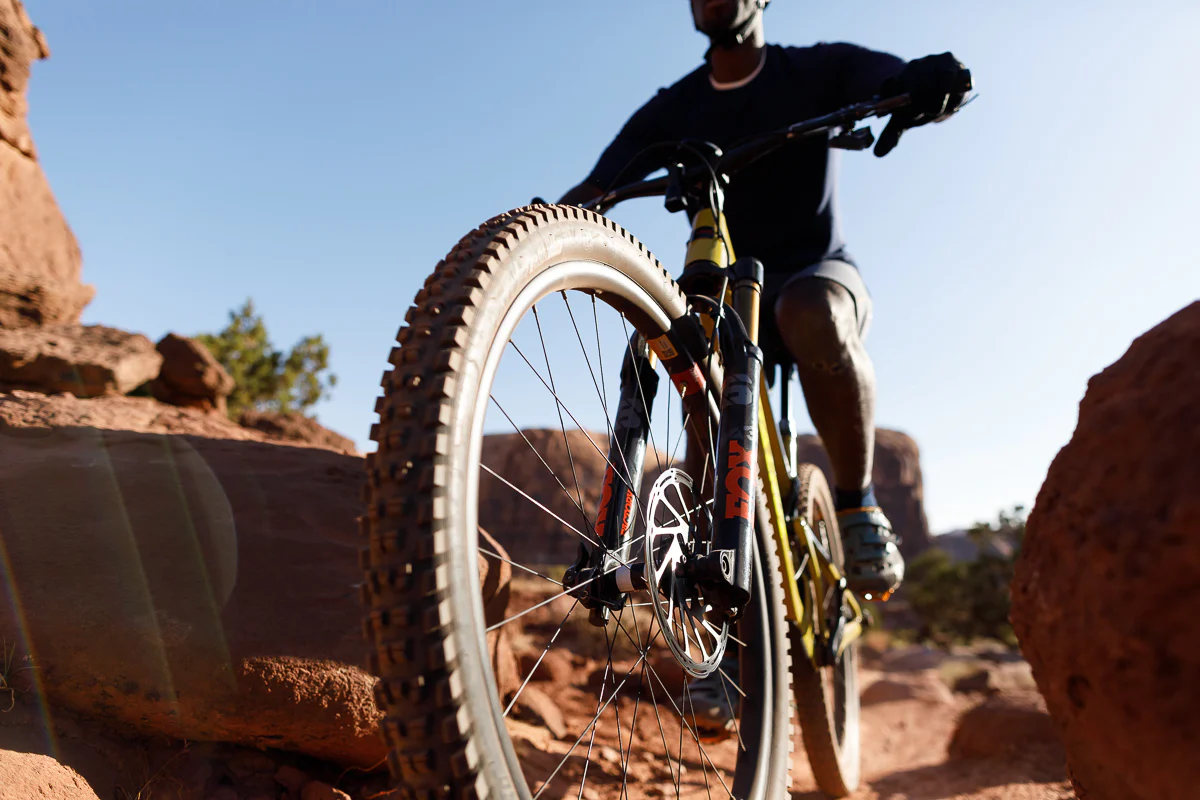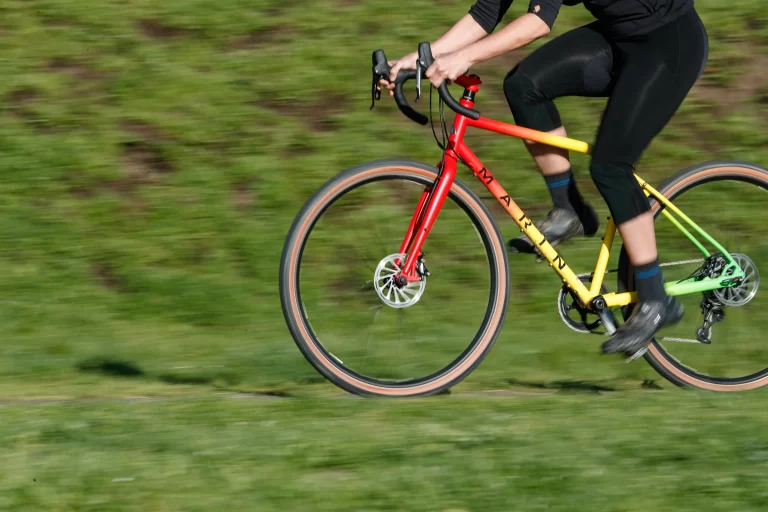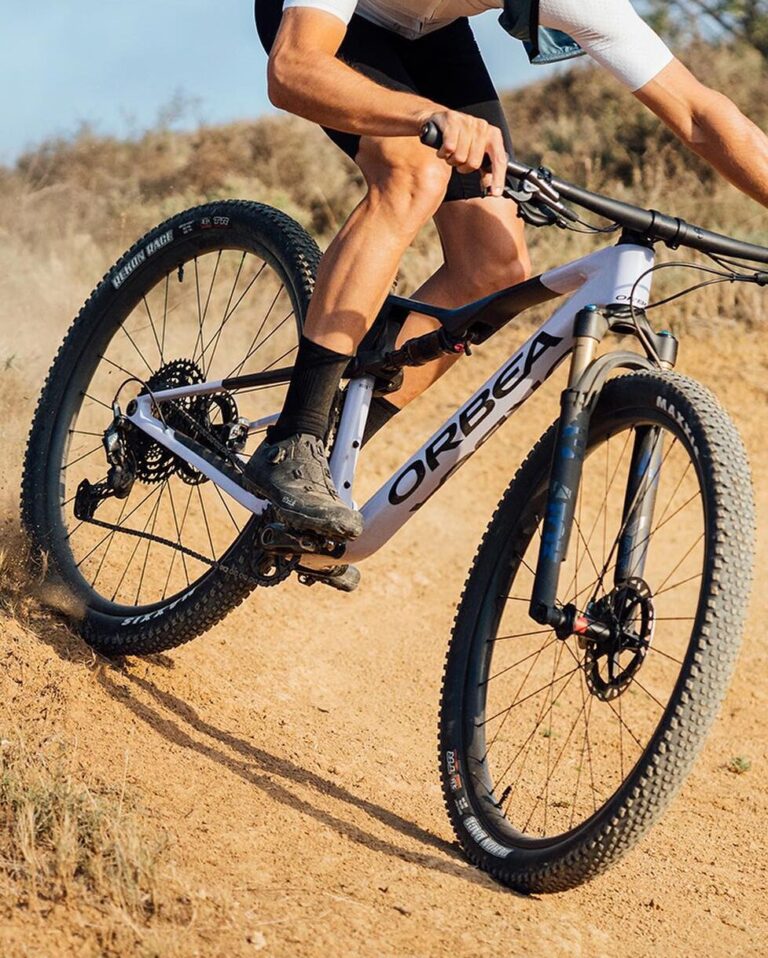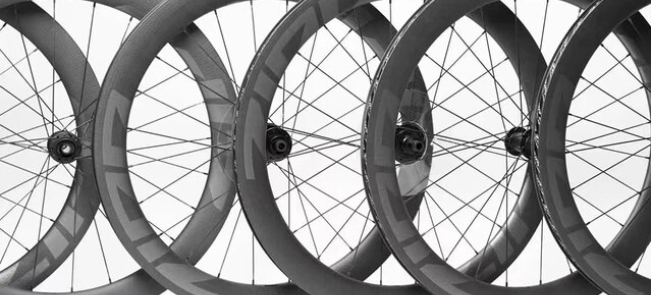The Role of Rim Width in Mountain Biking: A Matter of Control
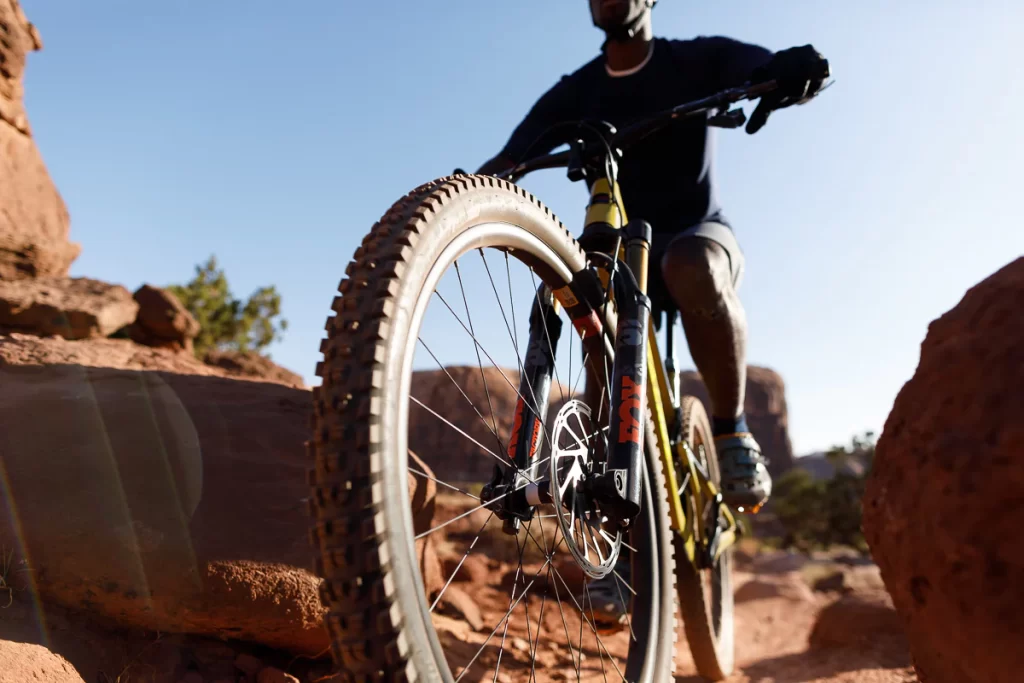
Key Point Summary of The Role of Rim Width in Mountain Biking:
- Rim Width and Tire Support: Wider rims provide better support for wider tires, enhancing stability and traction.
- Impact on Ride Quality: The right rim width can improve ride comfort, control, and the ability to tackle rough terrain.
- Rim Width Selection: Choosing the appropriate rim width depends on your tire size, riding style, and the terrain you frequent.
Understanding the nuances of mountain biking can drastically transform your riding experience, much like how mastering the perfect gear shift can turn a grueling climb into a manageable ascent. One such nuance, often overlooked by beginner and mid-level riders, is the role of rim width in mountain biking.
As a cyclist who has delved deep into the world of racing and riding across various disciplines, including mountain biking, gravel biking, and cyclocross, I’ve come to appreciate the profound impact that rim width can have on a ride. Let’s explore this crucial aspect together, with insights drawn from my experiences on the trails.
The Significance of Rim Width in Mountain Biking
Rim width, measured from the inside of the rim walls, plays a pivotal role in shaping the tire’s profile and, by extension, the bike’s handling and performance. Early in my cycling journey, rims were narrower, and the choice of width was seldom a consideration. However, as mountain biking evolved, so did the understanding and application of wider rims.
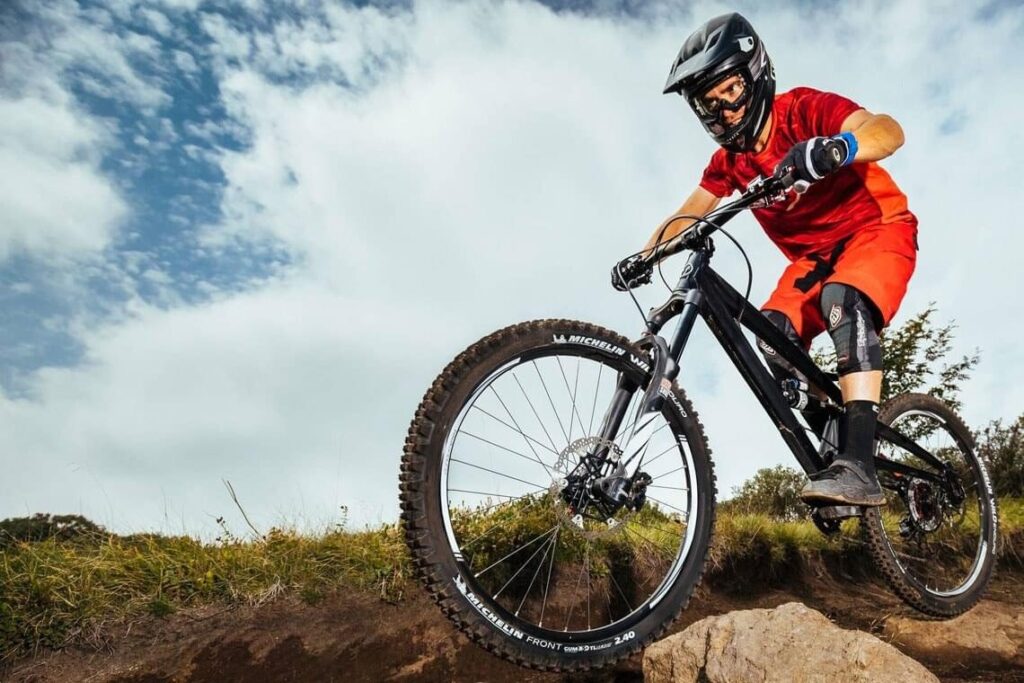
Enhancing Tire Performance
The advent of wider rims was a game-changer. I remember switching to wider rims and immediately noticing how much more volume and surface area my tires seemed to have. This wasn’t just an illusion; wider rims allow tires to spread out, increasing their footprint on the trail. The result? Improved traction and stability, which are critical whether you’re navigating a slippery rock garden or cornering at high speeds.
The Comfort Factor
Ride comfort is significantly influenced by rim width. With wider rims, I was able to run lower tire pressures without the risk of pinch flats, softening the blow from roots and rocks. This not only made for a smoother ride but also reduced fatigue, allowing me to ride longer and with more confidence.
A Matter of Control
Control on the trail is paramount. Wider rims have contributed to a noticeable improvement in bike handling. The increased tire volume and lower pressures enhance grip, providing a noticeable advantage in technical terrain. This became apparent to me during a particularly challenging enduro race, where the enhanced tire contact area helped me maintain control in sections where others struggled.

Selecting the Right Rim Width
Choosing the right rim width involves a balance between tire size, riding style, and the typical terrain you encounter. Early on, I experimented with various combinations before settling on a width that complemented my preferred tire size and riding conditions. For most trail and all-mountain bikes, rims in the 30mm to 35mm internal width range offer a good blend of support for wider tires while keeping weight in check.
Wrapping Up
The role of rim width in mountain biking extends far beyond mere aesthetics. It’s a fundamental component that influences tire performance, ride quality, and control. For beginners and mid-level riders, understanding and optimizing rim width can lead to a markedly improved mountain biking experience. Whether you’re fine-tuning your current setup or contemplating a new wheelset, consider the interplay between rim width, tire size, and the trails you love. The right combination can elevate your ride, transforming how you interact with the terrain beneath your wheels.
To encapsulate the essence of the role of rim width in mountain biking and its impact on ride quality, stability, and control, here are the top three mountain bike wheels that stand out. These selections highlight the importance of choosing the right rim width to match your riding style, tire size, and the varied terrains you might encounter:
1. DT Swiss EXC 1501 Spline One (30mm Internal Width)
- Ideal for: Aggressive trail and enduro riders seeking a balance between weight and durability. The 30mm internal width supports wider tires well, enhancing traction and control on technical terrains without unnecessary weight.
2. ENVE M730 (30mm Internal Width)
- Ideal for: Riders looking for top-tier performance in downhill and aggressive enduro riding. The ENVE M730’s rim width is optimized for tires ranging from 2.3 to 2.5 inches, providing excellent tire support, stability, and impact resistance, coupled with ENVE’s leading carbon technology for strength and resilience.
3. Stan’s NoTubes Flow MK3 (29mm Internal Width)
- Ideal for: Trail and all-mountain riders who value a versatile wheelset capable of handling a wide range of conditions. The Flow MK3 offers a great combination of durability, weight, and a 29mm internal width that accommodates a broad spectrum of tire sizes, ensuring a plush ride with improved traction and control.
Each of these wheelsets exemplifies the importance of selecting the appropriate rim width for enhancing mountain biking performance. Whether you prioritize speed, technical ability, or versatility, understanding how rim width affects tire behavior and ride dynamics can lead to a more informed choice, ultimately improving your overall riding experience.
John
FAQ
Are wider rims better for MTB?
Yes, wider rims are generally better for mountain biking because they provide better tire support, allowing for lower tire pressures, improved traction, stability, and a smoother ride over rough terrain.
How wide should my MTB rims be?
The ideal width for MTB rims typically ranges from 25mm to 35mm internally, depending on your specific riding style, tire size, and the type of terrain you frequent. Trail and all-mountain riders often benefit from rims around 30mm to 35mm for optimal performance with wider tires.
What is the effect of wider rims?
Wider rims affect the bike by creating a broader base for the tire, which alters the tire’s profile and increases its volume. This results in a larger contact area with the ground, enhancing grip, reducing rolling resistance, and improving stability. It also allows for running lower tire pressures, which can absorb shocks more effectively, leading to a more comfortable ride.
How does wheel width affect ride?
Wheel width affects the ride by influencing tire shape, volume, and pressure. Wider wheels can improve handling, traction, and comfort, especially on uneven or off-road terrain, by allowing for lower tire pressures without the risk of pinch flats. However, they might add weight and can affect aerodynamics negatively in certain situations.
